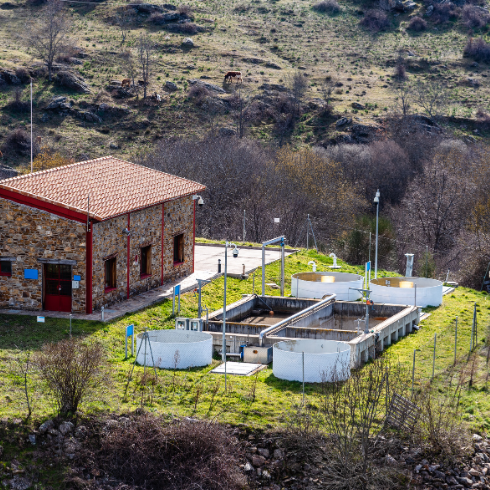Wastewater treatment is the process of removing contaminants from wastewater, including household sewage and industrial effluent, before it is released back into the environment or reused. The primary goal of wastewater treatment is to remove pollutants and pathogens to protect human health and the environment.
Products:
SEWAGE TREATMENT PLANTS (STP)
An STP (Sewage Treatment Plant) is a facility designed to treat wastewater produced from various sources such as residential, commercial, and industrial activities. The primary purpose of an STP plant is to remove contaminants and pollutants from sewage before it is discharged into the environment or reused for non-potable purposes.
EFLUENT TREATMENT PLANTS (ETP)
An ETP (Effluent Treatment Plant) is a facility designed to treat industrial wastewater or effluent generated by various industrial processes before it is discharged into the environment or reused. The primary objective of an ETP plant is to remove pollutants and contaminants from industrial wastewater to meet regulatory standards and prevent environmental pollution.
COMBINED EFFLUENT TREATMENT PLANTS (CETP)
A CETP (Combined Effluent Treatment Plant) is a centralized facility designed to treat wastewater or effluent generated by multiple industries located within an industrial estate or cluster. Instead of each industry having its own individual effluent treatment plant, multiple industries collectively discharge their wastewater to a single CETP plant for treatment. CETP plants are commonly used in industrial zones or industrial parks where several small to medium-sized industries are located in close proximity to each other.
DISSOLVED AIR FLOATION (DAF)
DAF stands for Dissolved Air Flotation. It’s a water treatment process that clarifies wastewater by removing suspended solids, oils, grease, and other contaminants. DAF is commonly used in industrial and municipal wastewater treatment plants to achieve high-quality effluent and meet regulatory standards.




